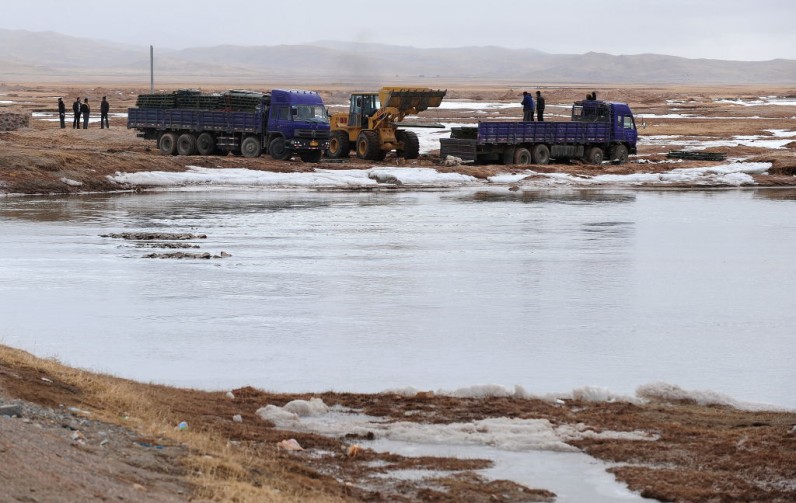
A recent study shared by the South China Morning Post has raised alarms about the environmental impact of China-Russia Crude Oil Pipelines (CRCOP I and II) on permafrost in northeastern China.
Since their inception in 2011 and 2018, these pipelines, stretching over 441km of permafrost and 512km of seasonally frozen ground, have carried massive volumes of crude oil from Russia's Amur region to China's Heilongjiang province.
However, the pipelines' operation, which requires heated crude oil to remain above freezing temperatures, has led to thermal impacts on the permafrost.
Researchers from the University of Chinese Academy of Sciences stated that the constant heat released from the pipelines has accelerated permafrost thawing. This thawing destabilizes the ground and increases the risk of geohazards such as surface subsidence, ponding, and potential pipeline failures or oil spills.
The study also noted that permafrost, crucial for maintaining Arctic ecosystems and storing ice, is highly sensitive to environmental changes caused by human activities like infrastructure development.
Energy Companies Affected by Crude Oil Pipelines
Energy companies relying on similar oil pipeline infrastructure in permafrost regions may face heightened regulatory scrutiny and increased operational costs to mitigate environmental impacts.
This could involve investments in advanced insulation technologies, enhanced monitoring systems, and altering pipeline routes to minimize permafrost disturbance.
For other businesses operating in permafrost regions, including those in construction, transportation, and resource extraction, the degradation of permafrost poses direct risks to infrastructure stability and safety. Increased ground instability due to thawing can lead to higher maintenance costs, delays in project timelines, and potential disruptions to supply chains.
Businesses affected must reassess their risk management strategies and adopt climate-resilient practices.







Join the Conversation